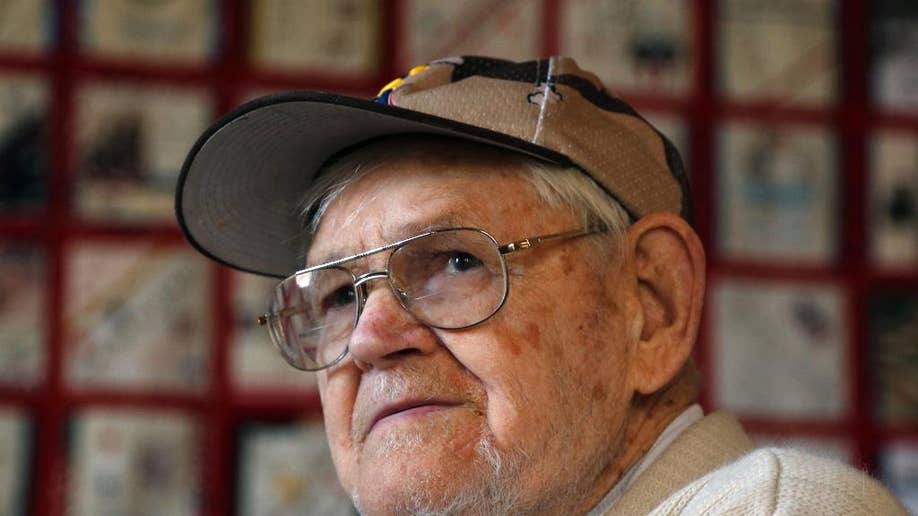Last few US survivors of bloody WWII attack on Saipan recall Pacific's largest 'banzai' charge
{{#rendered}} {{/rendered}}One of the bloodiest attacks in the Pacific during World War II is being remembered by the dwindling number of American veterans who survived the Japanese onslaught 70 years ago.
The Army's 27th Infantry Division bore the brunt of Japan's largest mass suicide attack, launched before dawn on July 7, 1944, on the island of Saipan. The division's 105th Regiment saw more than 400 killed and 500 wounded during the attack by more than 3,000 Japanese soldiers and sailors.
The 27th was a former New York National Guard unit. It landed on Saipan after the U.S. Marines made the initial beach assault on June 15, 1944.
{{#rendered}} {{/rendered}}Scores of New Yorkers in the 27th Division died at Saipan, many of them during the July 7 attack.


